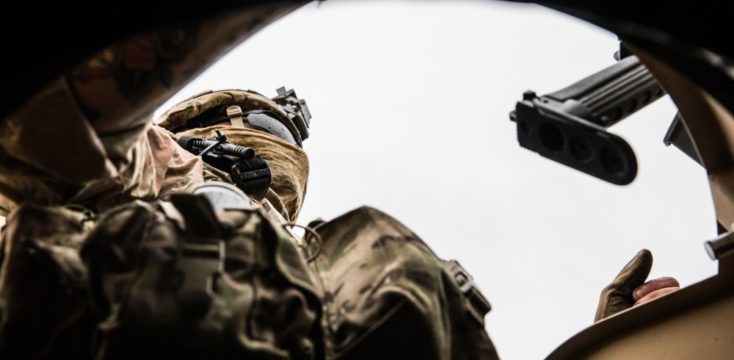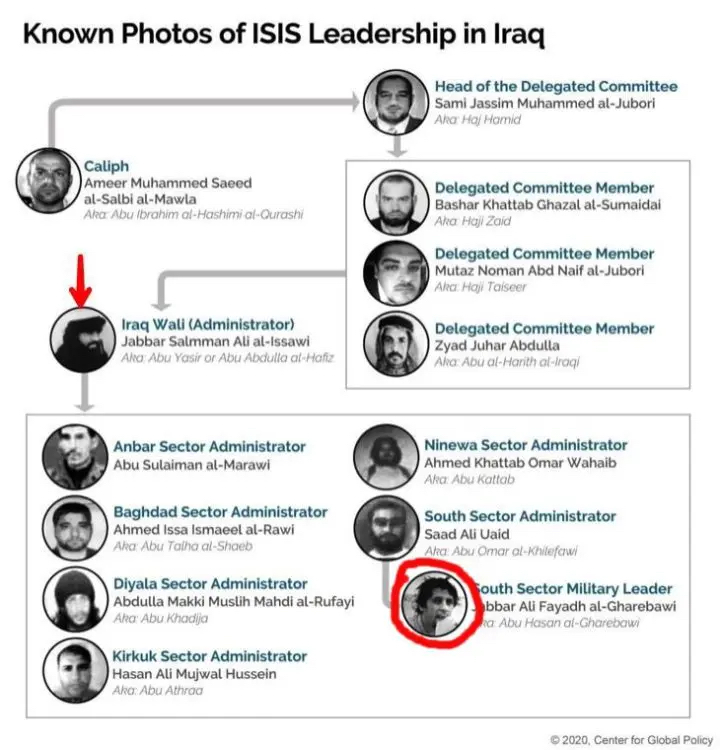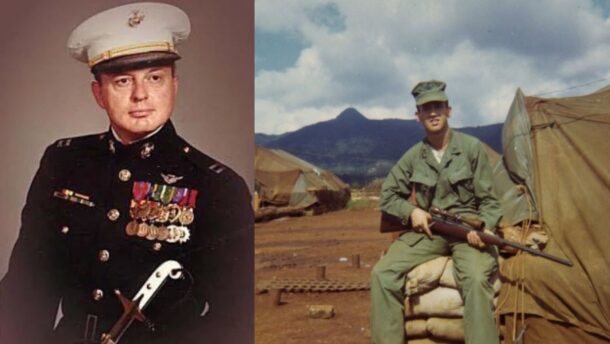
Article written by Stavros Atlamazoglou and originally published by Sandboxx on Feb 5, 2021.
On January 27, the US-led Coalition against the Islamic State (ISIS) killed Abu Yasser, the terrorist group’s senior leader in Iraq.
According to reports, a US aircraft conducted the airstrike that killed Abu Yasser—his full name is Jabbar Salman Ali Farhan al-Issawi—near Kirkuk, a city located in Northern Iraq.
Besides being the senior ISIS leader in Iraq, Abu Yasser was a deputy of the whole ISIS organization. He was responsible for expanding the terrorist group’s influence in Iraq by developing and managing operations and fighters.
In addition to Abu Yasser, nine more ISIS fighters were killed in the operation.
“Abu Yasir, the most senior Daesh leader in Iraq, was killed during an air strike near Kirkuk,” said in a Tweet Army Colonel Wayne Marotto, the spokesman for Operation Inherent Resolve. “The Iraqi counterterrorism center and the Combined Joint Task Force Operation Inherent Resolve partnered operation resulted in the deaths of 10 Daesh terrorists. Yasir’s death is another significant blow to Daesh resurgence efforts in Iraq.”

The Coalition will continue to remove key leaders from the battlefield and degrade the terrorist organization. Terrorists-you will never live in peace- you will be pursued to the ends of the earth,” added Marotto.
The initial reports of the operation, however, provided a mixed picture, with both the Iraqis and Operation Inherent Resolve claiming the kill. The Iraqi Counterterrorism Center suggested that Iraqi commandos killed the terrorist leader, while the US-led coalition claimed that he was killed in an airstrike.It appears that an airstrike did indeed kill Abu Yasser, with Iraqi commandos conducting the battle damage assessment and sensitive site exploitation parts of the operation. It also seems that any intelligence gathered from the Abu Yasser mission quickly yielded results.Shy a week after the mission, Iraqi special operations forces killed Abu Hassan al-Gharibawi, the ISIS divisional chief for southern Iraq, Ghanem Sabah Jawad, a trafficker of suicide bombers, and several other terrorists.

Despite having lost its hold over the land and its leader, Abu Bakr al-Baghdadi, ISIS still poses a real danger to the region’s stability. Although now a mix of terrorist and criminal organization, ISIS still commands enough fighters and influence to mount terrorist attacks in the region but also abroad.
Mustafa al-Kadhimi, the Iraqi Prime Minister, said in a Tweet that “These victories are part of our heroes’ pledge to eliminate the leaders of Daesh gangs & in loyalty to the Iraqi martyrs’ blood. Our security forces have made us proud.”
In January, the Coalition, Iraqi security forces, and the Syrian Democratic Forces, a Kurdish-led front, conducted 82 missions against ISIS, killing or capturing 63 terrorists.
Since the start of the Coalition against ISIS, almost 11 million people, spanning more than 42,000 square miles in Iraq and Syria, have been liberated from the odious rule of the terrorist group. That was achieved primarily through a combination of special operations units and airstrikes.
About author Stavros Atlamazoglou
Greek Army veteran (National service with 575th Marines Battalion and Army HQ). Johns Hopkins University. You will usually find him on the top of a mountain admiring the view and wondering how he got there.







